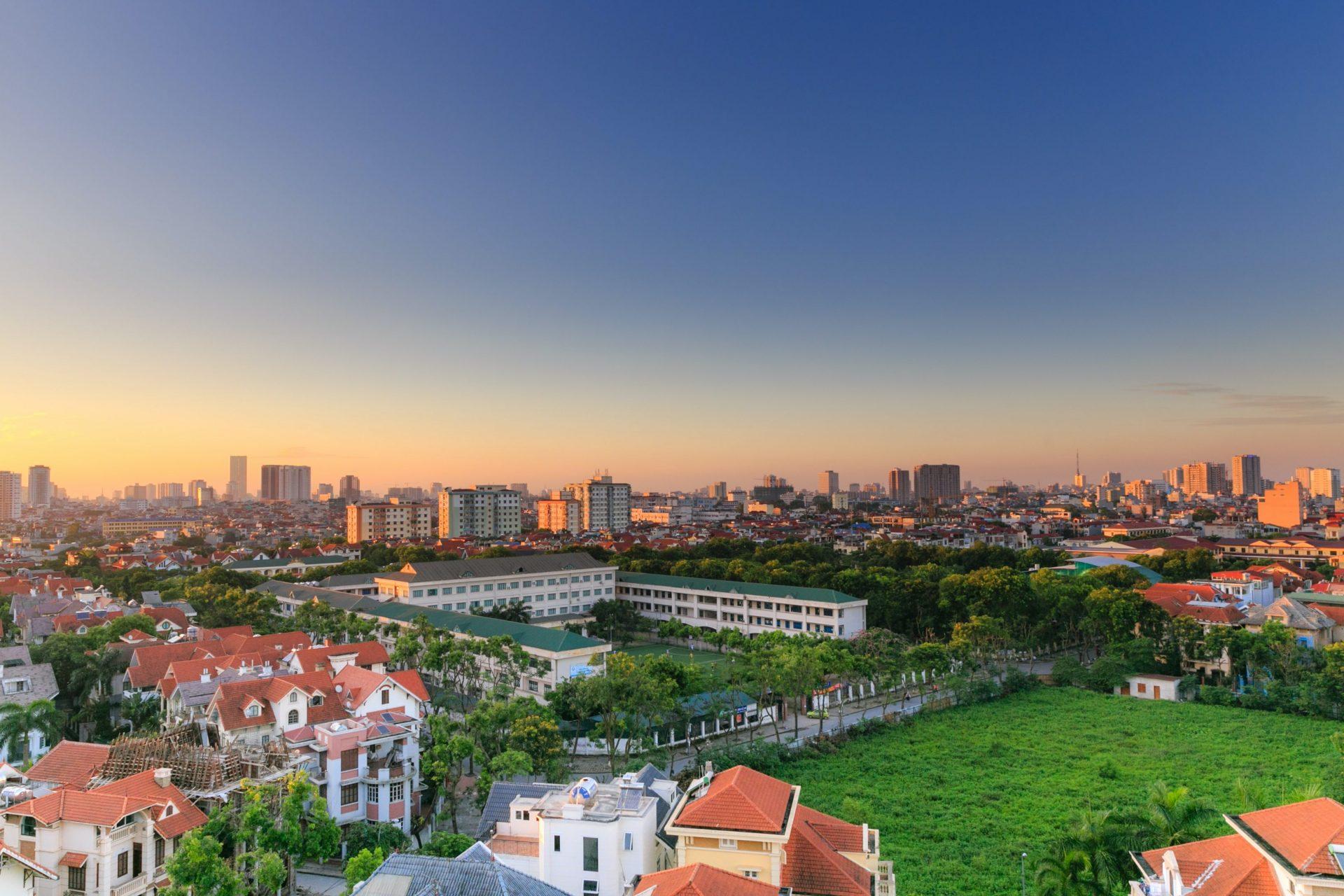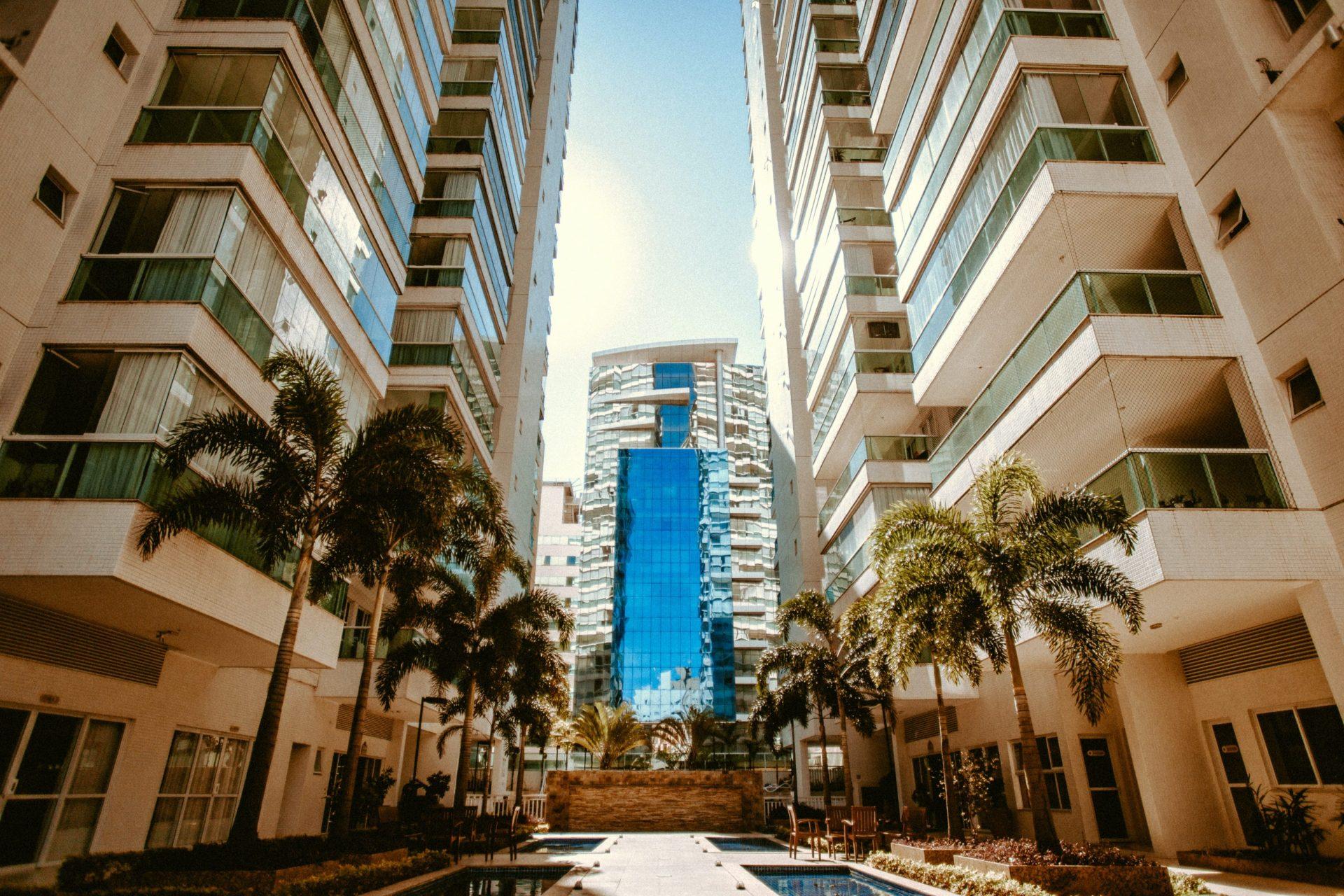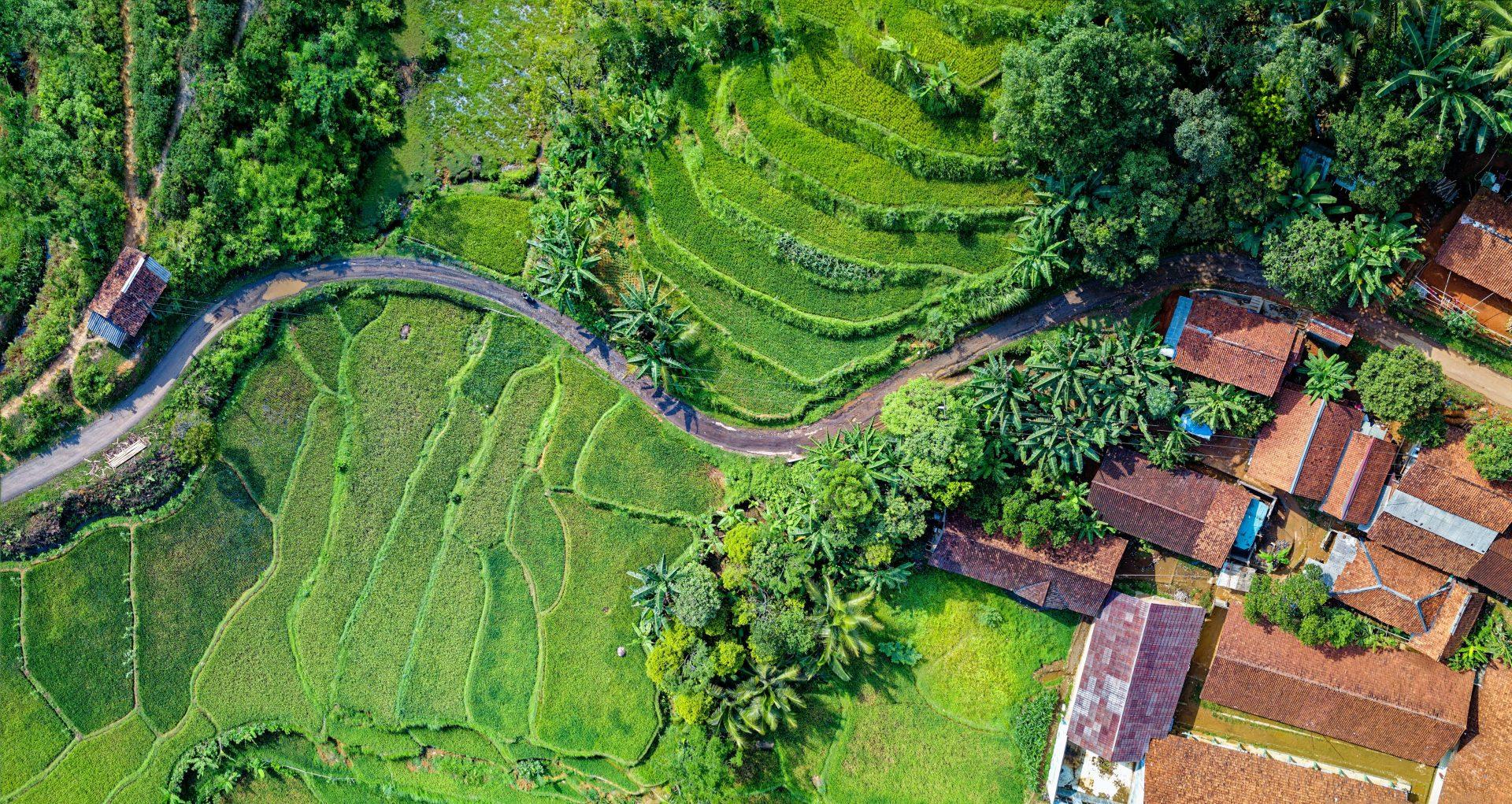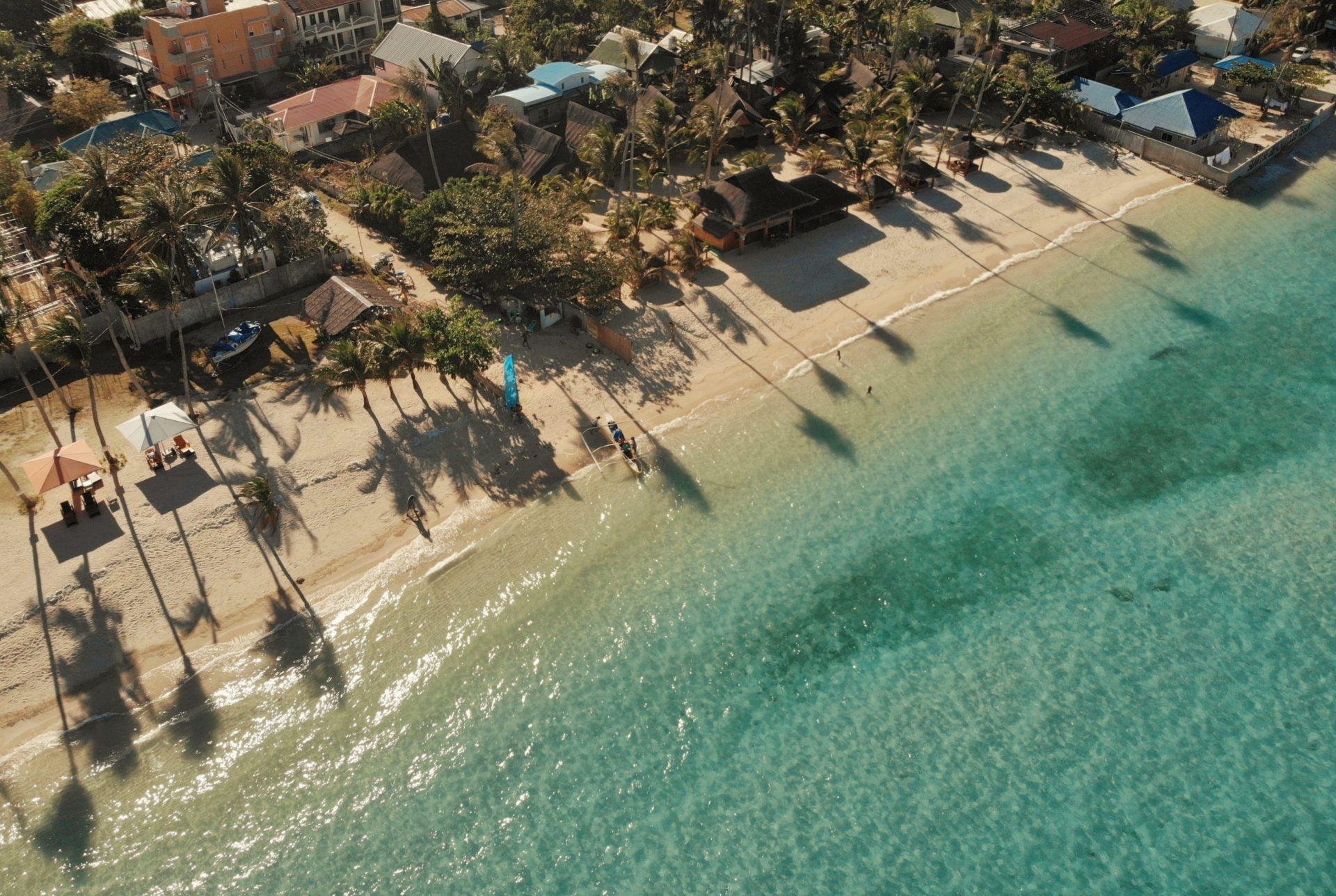BLOGS
Land Ownership and Property Acquisition in the Philippines
When it comes to real estate, there are specific rules and regulations that differ in each country. This includes the Philippines, with its real estate legal directives related to land ownership and property acquisition, the land tenure system, land redistribution, and more.

Land Ownership and Property Acquisition in the Philippines
Generally, owning or acquiring land in the Philippines is exclusive to Filipino citizens. However, as the old saying goes, there are bound to be some exceptions to every rule, and the laws governing real estate in the Philippines are no different.
Exceptions for foreigners
Again, ownership of land in the Philippines is reserved for people or entities that are legally defined as Filipino citizens. Real estate in the Philippines is highly-regulated and violating this rule can risk forfeiture of land or property.
However, this rule does not apply to the following scenarios:
- If the land was acquired before the 1935 Constitution.
- If the land is ancestral land or acquired through hereditary succession (for foreigners who are legal or natural heirs).
- For condominium projects, if the entire building has no more than 40% foreign ownership.
Foreign ownership of residential property in the Philippines is allowed legally as long as the foreigner does not intend to own the land on which it was built. Another option for foreigners is going for a condominium which Republic Act 4726, popularly known as The Condominium Act of the Philippines, allows foreigners to acquire units or shares in a condominium corporation as long as the foreign ownership won’t exceed 40% of the entire building. There are also single-detached homes or townhouses with condominium titles wherein the same law applies.

For foreigners who are open to leasing land in the Philippines on a long-term basis instead, it is another route they can take, especially for foreign corporations with more than 40% foreign ownership. A lease agreement with Filipino landowners is allowed under the Investors’ Lease Act of the Philippines, where foreigners may enter for a period of up to 50 years, which can be renewed once for up to 25 years.
Lastly, the provisions of the Philippines’ Anti-Dummy Law sets down to foreigners how to proceed in acquiring land or real property through aggressive ownership structures. The law restricts the number of foreign board members of any landholding company to a maximum of 40% foreign participation, and breaching this law is a ground for possible forfeiture of the property.
Exception for Foreigners Married to Filipino Citizens
A foreigner who is married to a Filipino citizen would typically hold a title in the Filipino spouse’s name. Technically, the foreign spouse cannot be on the property title. Instead, the foreigner can be in the contract to buy the property.
Once the Filipino spouse passes away, the foreign spouse will be given a good amount of time to collect the property’s proceeds or dispose of the property. If not, the property will be passed on to any heirs or relatives who are Filipino citizens.
Exceptions for Corporations
The term “corporation” often comes up when talking about foreign ownership of condominiums or buildings. As previously mentioned, foreign nationals are allowed to completely own a condominium in the Philippines or any real estate property listed as a condominium such as townhouses.
Setting up a local corporation in the Philippines is a way to own a residential land or a commercial building and lot as long as the foreign equity won’t exceed 40% foreign equity. It must also be formed by five to 15 incorporators of legal age as incorporators, with the majority being Philippine residents.
Exceptions for Former Natural-Born Filipino Citizens
Any natural-born Filipino person who has lost their Philippine citizenship is permitted to own a maximum of 5,000 square meters in the event of private ownership of rural land and one hectare in the case of agricultural or farm land.
These are the maximum allowable land areas for ownership. When it comes to a civil partnership, the total amount of land that either of them can buy cannot be more than the maximum amount of land listed above.
This does not apply to a Filipino citizen who is permitted to keep citizenship after being married to an alien, provided that the citizen does not renounce or abandon their Filipino citizenship.
Exceptions for those with dual citizenship
Filipino citizens who become naturalized citizens of a different country can still purchase and register any real estate property under their own name, but also with limitations in land area. However, those who have dual citizenship can buy as much as any other Filipino citizen.
Per Republic Act 9225, popularly known as the Dual Citizenship Law of 2003, former Filipinos who became naturalized citizens of foreign countries are deemed not to have lost their Philippine citizenship, thus enabling them to enjoy all the rights and privileges of a Filipino citizen regarding land ownership in the Philippines.
A Step-by-Step Guide to Land Ownership and Property Acquisition in the Philippines
Purchasing land in the Philippines opens doors for an investment in a profitable commitment. Owning land or acquiring a real estate property is a gateway to having a tangible asset that can be a residential property or a source of passive income. The value of real estate properties increases over time, so making one now can be a lucrative investment for the future.

1. Verifying the Ownership
Before proceeding to buy any real estate property, it is the buyer’s due diligence to verify who the real owner is. Once confirmed, make sure to do transactions only with the verified owners or a person authorized to do transactions on their behalf.
To do this step, request a copy of the title. and have it checked in the Register of Deeds which will show the owner’s name and other necessary information.
2. Checking the Documents
The land title has all the important information about the property, including the possible issues that may arise. If necessary, seek help from a professional to check the technical aspects of the documents like a right of way, tax declaration, and special Power of Attorney (SPA).
3. Processing of the Deed of Sale
Once everything goes well with the first two steps, then the actual sale commences. Buyers need to secure a signed and notarized deed of sale, which certifies the previous land owner or the property developer gives up the ownership to the buyer.
4. Settle Tax Dues
Once the Deed of Sale has been finalized, the next 30 days should be allotted to the payment of tax dues to the Bureau of Internal Revenue (BIR). Some, but not limited to, of the tax dues that needed to be settled, are Transfer Taxes, Documentary Stamp Tax, and Capital Gains Tax.
A visit to the BIR can also be for the Certificate Authorizing Registration.
5. Securing a New Tax Declaration Copy
Contrary to common idea, the copy of the new Tax Declaration document will not come from BIR but from the Municipal or Provincial Assessor’s office. This shall be released about five days after presenting complete necessary documents.
6. Issuance of New Title
The Registry of Deeds will proceed to the cancellation of the old land title after the buyer and seller settle payments and finish signing the documents. Once the land or property is officially transferred, the new title under the name of the new owner will be issued. A copy of the updated title can be requested from the City Assessor’s office.
Land Reform in the Philippines
The Philippines has gone through a vast history of inequality when it comes to land tenure. The recorded history says it starts from 1565-1898 during the Spanish colonial period. At this time, huge private estates began dominating the rural communities. Unfortunately, it led small independent agricultural workers to cultivate land under share-cropping arrangements, but without the freedom to choose the crops, they are growing and ultimately, the option to acquire land they are working on.

Around the 1980s, the majority of the agricultural population was without land and drowning in poverty. This pushed Congress to create the agrarian reform law that was passed in 1988 to change this prevalent land tenure inequality. As part of this land reform effort, the CARP was implemented to improve the lives of small independent farmers by giving them land tenure security and other kinds of support.
Evidently, the inequality in land ownership in the Philippines and in other developing countries has been a major issue for many decades that even alerted the United Nations. The government has made several attempts to give resolution to this concern, and the latest legal directive is the Comprehensive Agrarian Reform Program, more popularly known as CARP, which came from the Republic Act No. 6657 or the Comprehensive Agrarian Reform Law (CARL).
“Philippines : DAR Supports Bill to Hasten Subdivision and Titling of Lands and Use of CLOA as Collateral for Loans.” MENA Report, Albawaba (London) Ltd., Mar. 2021.
CARP is all about the land redistribution of agricultural lands, both private and public, regardless of the tenurial arrangement between the landowner and the farmworker. This program mainly helps the beneficiaries to survive such as the small independent farmers working in the fields.
The objectives of CARP are the following:
– Give equality on land rights in terms of income and opportunities.
– Provide beneficiaries the opportunity for fair land claims.
– Improve the production and productivity in the agricultural sector.
– Open doors for employment to more agricultural workers.
– Stop the conflicts related to land ownership in agricultural lands.
Under CARP, there are around 750,000 beneficiaries who are expected to have enhanced land tenure security and stronger property rights. This is a project that will ease the way for the land titles of over 1.3 million hectares of land granted to the beneficiaries. The government hopes that this program will help in poverty reduction and instead, make way for rural economic growth and recovery of farmers’ resilience after the negative impacts of the global pandemic in the industry.
To assist the CARP, the Department of Agrarian Reform (DAR) implemented the Support to Parcelization of Lands for Individual Titling (SPLIT). It is a project with a US$370 million budget approved by the World Bank’s Board of Executive Directors that is designed to accelerate the subdivision of collective Certificates of Land Ownership Award and generate individual titles on lands awarded under the CARP.
Overall, the CARP has awarded 4.8 million hectares or about 16 percent of the country’s land to almost three million beneficiaries. However, only around 53 percent of these lands got their individual titles. More so in the 1990s when the government was only able to award collective ownership of the lands to accelerate the land distribution process, which gave way for the SPLIT project to divide and title these lands individually at present time.
Land Ownership and the Environment

Landowners in the Philippines, whether for residential or commercial use, must be aware of several laws related to the conservation of the environment and its natural resources. There are a few that are specific in preventing contamination on land, water, and air.
Unfortunately, the term ‘contamination’ is yet to be clearly defined by the Philippine law, but one of the rules and regulations that touch on this issue is the Toxic Substances and Hazardous and Nuclear Wastes Control Act of 1990, whose goal is to avoid land contamination among other things.
This act was put in place to monitor the production, transportation, storage, use, and waste disposal of chemical substances and mixtures mainly not to harm the environment. This act further forbids the entry of hazardous wastes into the country and penalizes by imprisonment the persons responsible for it.
Another law related to the conservation of the environment and its natural resources is the Ecological Solid Waste Management Act of 2000 which prohibits the disposal of waste matters in public places such as national parks, the burning of solid waste, operating a waste management facilities without legal authorization, and constructing an establishment within 200 meters of a landfill.
Failure to comply or report such activities to the appropriate government agency is illegal and punishable by either imprisonment or costly fines.
Land ownership and property acquisition in the Philippines is serious business
Homebuyers clearly need a good partner as they go through this tedious and technical process of purchasing a real estate property in the Philippines. And among all the luxury real estate developers in the Philippines, Brittany Corporation is the affluent’s best choice.
Brittany wants to make sure that homebuyers will have the best home buying experience possible. With Brittany Salesforce, a great team of luxury real estate professionals, homebuyers will have a breeze in selecting the perfect home and eventually processing the necessary documents needed to proceed.
Live in luxury in your own Brittany home! Know more about Brittany Corporation’s luxury real estate developments in the country’s prime communities at Crosswinds Tagaytay, Brittany Santa Rosa, Vista Alabang, and The Lakefront Sucat.
Next Read: Can Foreigners Buy a Condo in the Philippines?
Next Read: Can Foreigners Buy a House and Lot in the Philippines?

















